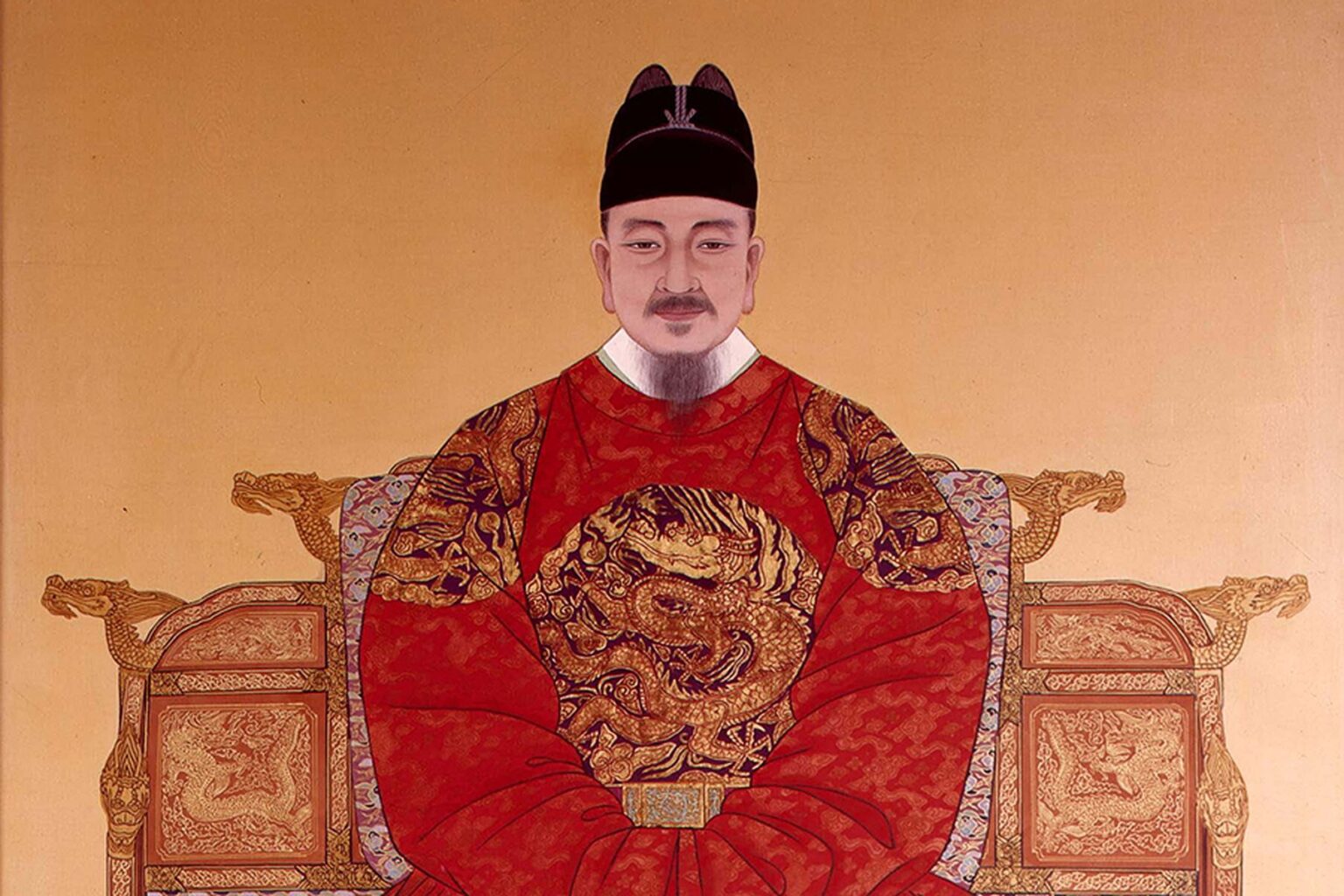This article is the written script of an episode from our podcast series: Kandelaa – Conversations.
( Bu yazı, podcast serimiz Kandelaa – Conversations’tan alınan bir bölümün yazılı metnidir. )
SEJONG’S NEW ALPHABET
Literacy is essential without a doubt. When we lay stress on education and the spread of knowledge, it would be inspirational to have a look at the language reforms in history. Those ventures give insights into analyzing a current problem in linguistic applications- from writing to speaking- and formulizing a radical solution as a response.
People used various spelling systems year in and year out. Political, religious, and educational concerns shaped the decisions toward abandoning an old script and embracing one another. Though, rather than approaching a writing system as if it was a stiff mold, scholars in charge added a few other features that would help the script suit a spoken language more.
Not only in the past, but even now some countries use an alphabet that originally belongs to another language than the one their people speak. Persian is written in the Perso-Arabic script with small modifications applied for pronunciation. The alphabet has been used since the 7th century by Afghans and Persians after the Muslim conquests in the region.
When the subject is writing, there is surely a lot to mention; how it was found, spread to other geographies, and inspired different people to develop their specific alphabets. Now, I want to tell you about the origin of the Hangul script, a Korean writing system that was developed in light of the political and social strategies of King Sejong. Other than enhancing literacy, the king designed to improve the prosperity and persistence of the country.
After the Yi Dynasty was established, Yi Songyye, Sejong’s grandfather, acceded to the throne as King T’aejo. The purpose to provide consistency traces back to his reign in the first place. King T’aejo was known for examining the relationship between the social classes; some of his regulations led to the enfranchising of the bureaucrats and the restrained activities of Buddhism. T’aejo assigned some parts of the Buddhist estates to the Confucian temples, which would, in turn, help the Neo-Confucianism idea solidify and settle in the country.
Neo-Confucianism is a movement of thought that emerged to elevate Confucianism which weakened against Buddhism and Taoism between the 11th and 12th centuries. The movement slightly differs from its precedent, Confucianism, by refusing superstitions and emphasizing the work of logic more. This point is also the reason why Buddhism and Neo-Confucianism oppose in theory: Buddhism induces one to cultivate their mind and leave aside the external world, and also the reality whereas Neo-Confucians value the humanist and rationalist teachings by laying weight on the reality.
One ideal of Neo-Confucianism is the proliferation of literacy; the movement sees education as a genuine duty of an individual. Accordingly, King T’aejo decreed for installation of schools across the country. Those schools were to be state-funded. Albeit, the establishment of common schools couldn’t be successful for development on its own. There was some other issue with the literary language:
The current script of modified Chinese units did not exactly provide the utmost effectiveness in writing; above all, the characters were failing to symbolize the sounds of Korean. Naturally, the nobility and the statesmen were using the Chinese-based alphabet flexibly, but it was rather questionable for the people. The reform had to be deepened for the sake of welfare and development. T’aejo’s descendant, King Sejong, would succeed in revolutionizing the alphabet and maintaining the dynasty for several centuries.
Sejong gathered various competent and erudite people under “The Hall of Worthies”. The country meliorated a good deal by the innovations of those scholars within years. Witnessing the alphabet being vulnerable, Sejong demanded his scholars to begin their studies to craft a new spelling system that would be more suitable to Korean grammar and practical for learning.
After the work was done, the new script, called Hangul, was presented to the King. It was quite easy as planned! The scholars even asserted: “ a smart man can learn it before lunch, and a fool can learn it in ten days”.
There were firstly 28 letters of which the 4 unused characters were omitted later. The scholars grouped the vowels as the activated vocal organs: m-b-p had similar angular iconographies because the same part of the mouth was engaged. Also, the vowels included points and lines which represented the Sun, Earth, and the human. Hangul, etymologically meaning “the Great Script” is still one of the few alphabets in the world that draws a clear phonetic connection between a symbol and its pronunciation.
Hangul achieved in reaching the people as expected. The Koreans were now able to internalize the system as it was specifically tailored for that purpose. The alphabet was acclaimed and succeeded, but the elites were dissatisfied and against the discard of the old Chinese script. Literacy introduced to more people meant more aspirants for official ranks; this was the reason why it attracted a negative reaction from the class.
That opposition lasted for a while, and couldn’t prevent Hangul from being widely adopted and used. Korea still engages the same alphabet and celebrates the 9th of October as “The Hangul Day”, a public holiday for citizens and also a chance to commemorate the revolutionary step taken by King Sejong and his scholars.

